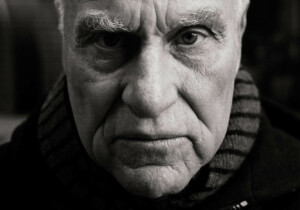Gyo Obata, a giant of American architecture whose impact on the built environment can be keenly felt across his adopted hometown of St. Louis and in locales further afield, passed away on March 8. He was 99.
Obata is best known as the “O” in HOK, the global architecture, engineering, and urban design firm that he founded in St. Louis alongside co-principals George Hellmuth and George Kassabaum after the restructuring of Hellmuth, Yamasaki & Leinweber (HYL) in 1955. Obata had joined HYL four years prior as design assistant to Minoru Yamasaki, a fellow West Coast transplant born to Japanese American parents, and together collaborated on the iconic passenger terminal at St. Louis Lambert International Airport. After the restructuring, Obata served as principal of design of the fledgling HOK, which today ranks as one of the largest architectural and engineering firms in the United States. Still maintaining its strong Missouri roots with offices in St. Louis and Kansas City, HOK currently operates 24 studios including in Atlanta, Los Angeles, New York, Seattle, Dallas, Toronto, Mumbai, London, Dubai, Hong Kong, and Shanghai.
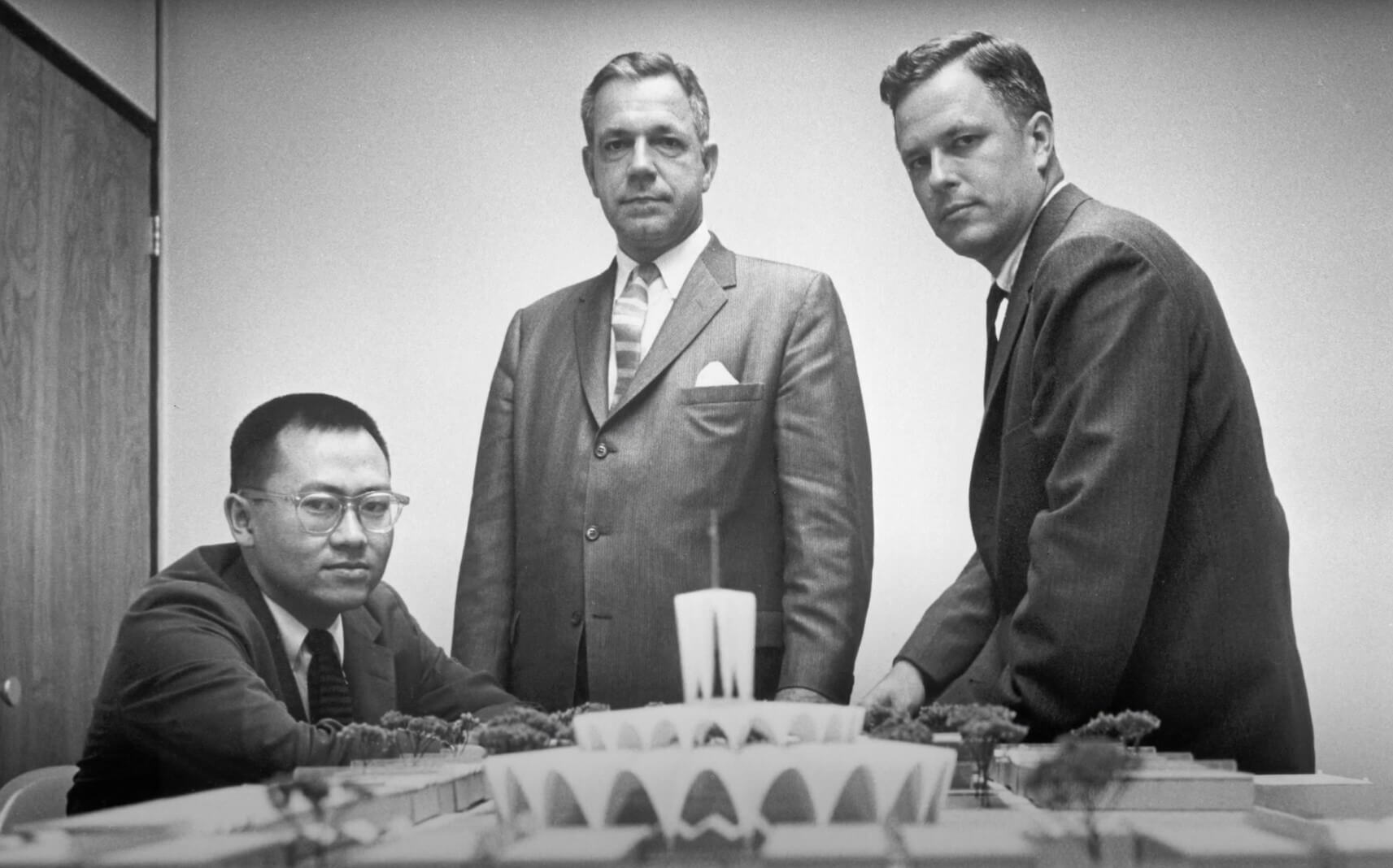
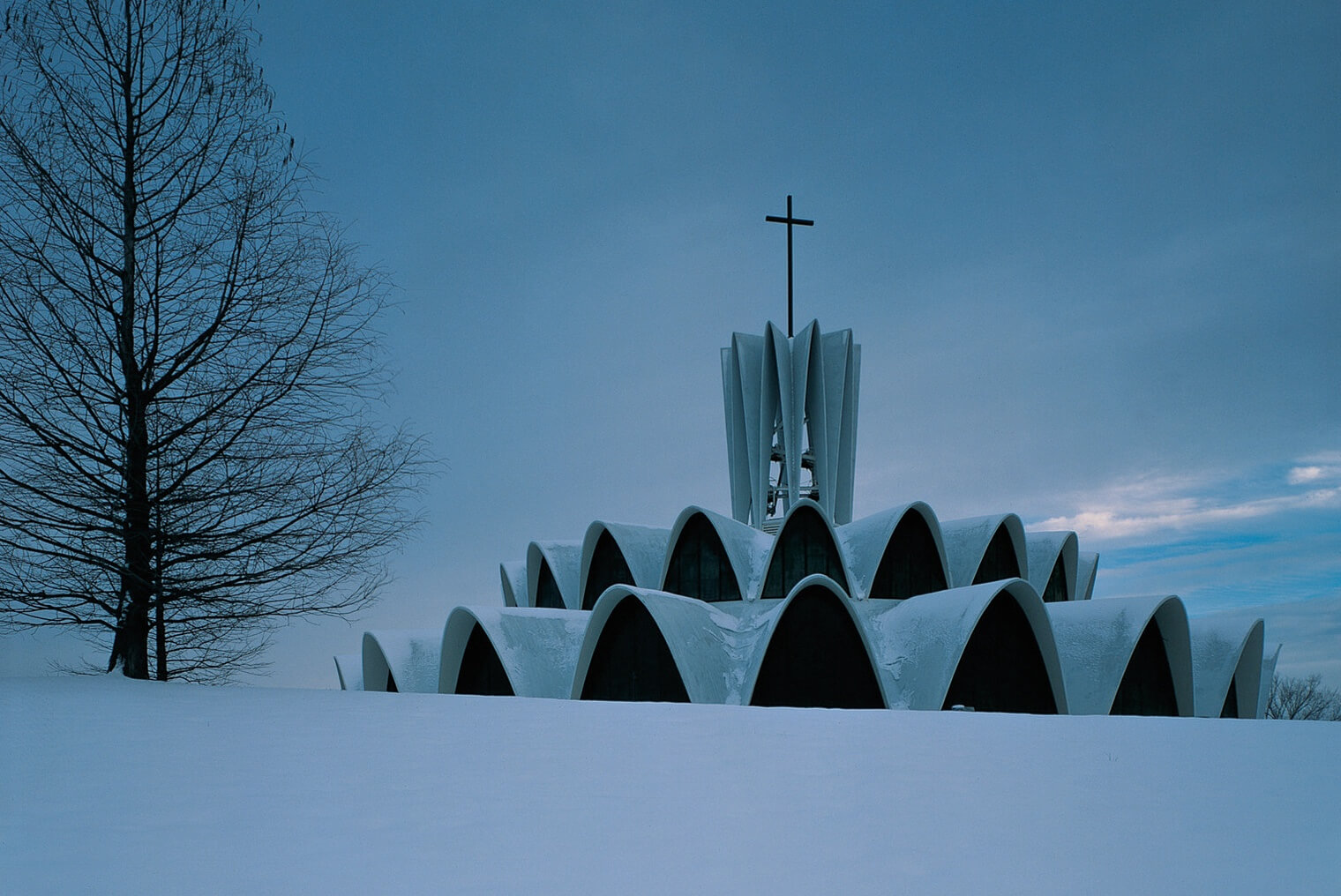
Among the most notable works realized during Obata’s highly influential 50-year career as design principal at HOK are Priory Chapel at Saint Louis Abbey in Creve Coeur, Missouri (1962); Houston’s Galleria shopping mall (1970); Dallas/Fort Worth International Airport (1973); Bristol-Myers Squibb Campus in Princeton, New Jersey (1973); the National Air and Space Museum in Washington, D.C. (1976); King Khalid International Airport and King Saud University in Riyadh, Saudi Arabia (1983, 1984); Community of Christ Temple in Independence, Missouri (1994), and the Japanese American National Museum Pavilion in Los Angeles (1998).
Obata-helmed projects in St. Louis proper include, among many others, the James S. McDonnell Planetarium at the St. Louis Science Center (1963); Nestlé Purina PetCare Company headquarters (1969); America’s Center Convention Complex (1977); The Living World at the Saint Louis Zoo (1989); Missouri History Museum Emerson Center (1999); Thomas F. Eagleton U.S. Courthouse (2000); Washington University School of Medicine Farrell Learning and Teaching Center (2005), and Centene Plaza (2010).
“Underpinning Gyo’s pioneering design approach was a fundamental belief that each project must be approached without preconceptions and designed to serve the needs, values and aspirations of the people and community it serves,” wrote HOK in a tribute announcing his death. “Rather than imposing his will upon a project, Gyo paid close attention to the needs expressed by clients and then let the project guide the design of a building that would bring meaning and enjoyment to its visitors and inhabitants.”
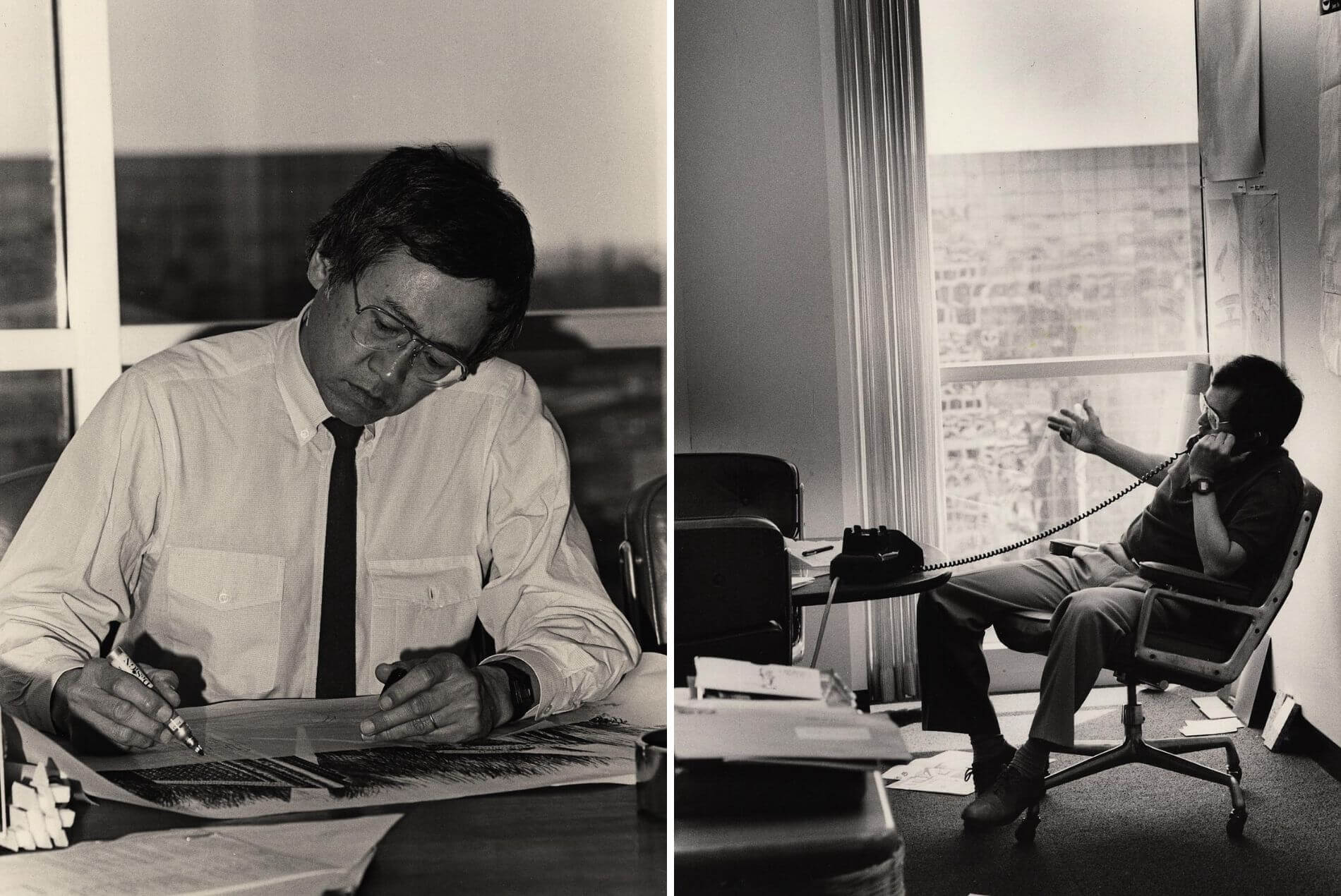
A St. Louis Walk of Fame inductee in 1992, Obata retired from HOK in 2012 although he was still a regular presence at the firm’s home studio through 2018 as a design consultant.
“Gyo’s extraordinary career at HOK continued into his 90s, and he served as a mentor to several generations of designers including myself,” said HOK Chairman and CEO Bill Hellmuth in a statement shared by the firm. “As an example to all of us, he led HOK to become the largest architecture-engineering firm in the United States while never abdicating his role as a designer of significant projects.”
Gyo Obata was born in 1923 in San Francisco to Chiura and Haruko Obata, both artists hailing from Japan who had settled in the Bay Area. The beginning of Obata’s formal architectural training was one marked by discord and displacement when his studies at the University of California, Berkeley, were cut short by the wave of anti-Japanese sentiment sweeping the country following the bombing of Pearl Harbor in 1941. During his freshman year at Berkeley, Obata’s parents, and sister Yuri, were relocated to an internment camp along with 117,000 people of Japanese heritage. To avoid internment, Obata decamped from California on a St. Louis-bound train and enrolled in the architecture program at Washington University, which was one of only a few U.S. universities that would accept students of Japanese ancestry at the time. (Per HOK, Obata’s father had secured special permission from the local provost marshal for him to leave California.)
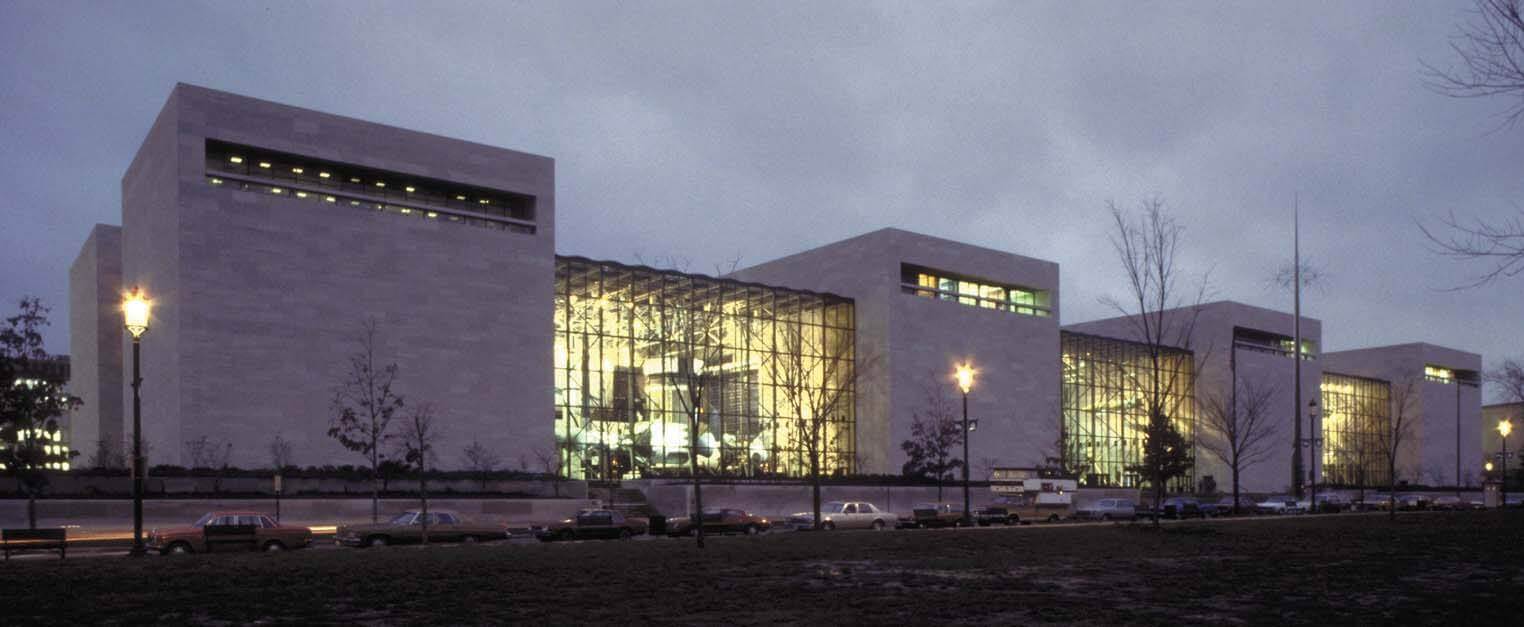
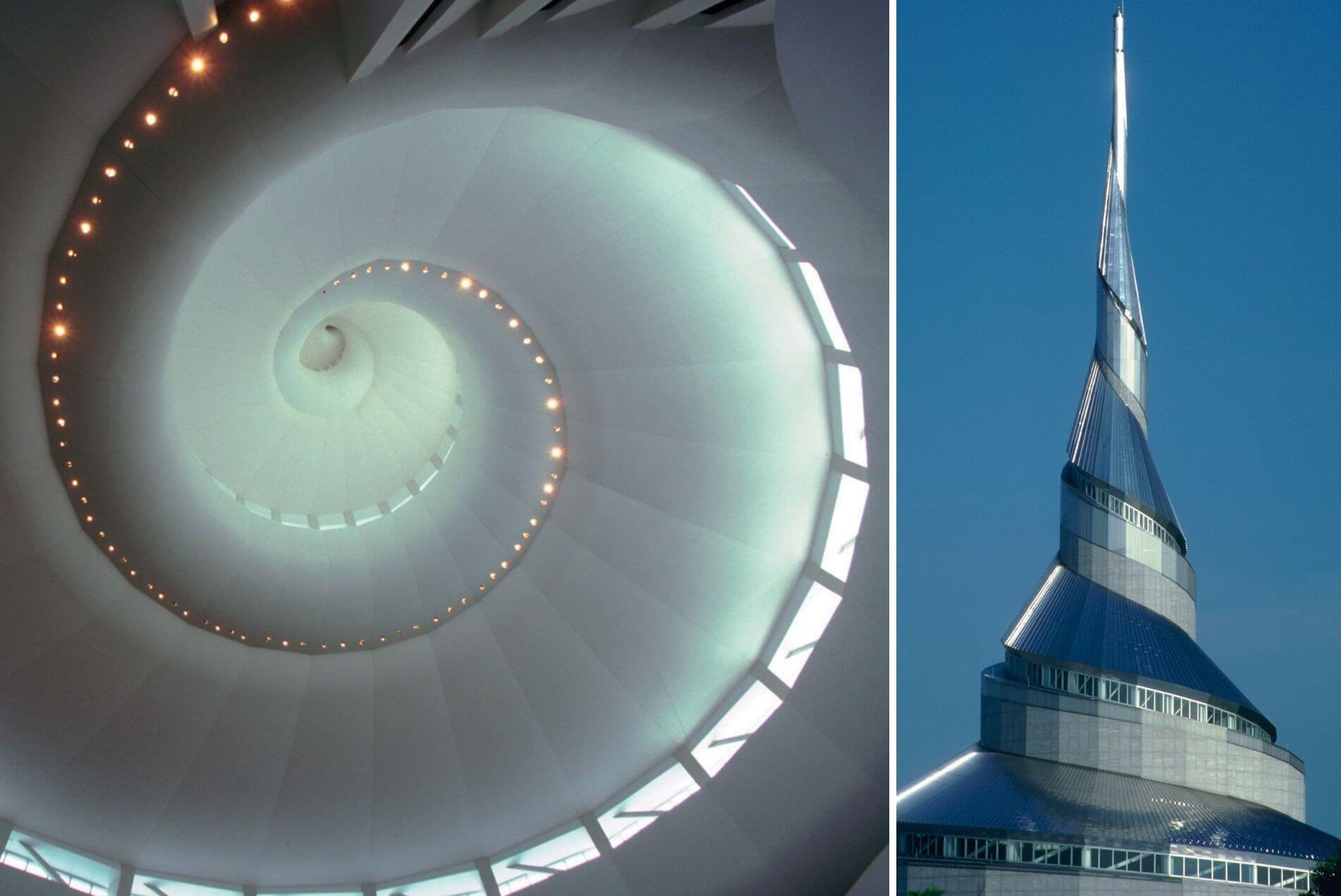
Obata graduated from Washington University in 1945 with a Bachelor of Science in Architecture. From there, he continued his education at the Cranbrook Academy of Art outside of Detroit where he studied under Eliel Saarinen. He completed his studies at Cranbrook in 1946 with a Master of Architecture and Urban Design in hand. Following a brief tour in the U.S. Army from 1946–1947, Obata settled in Chicago where he joined the office of Skidmore, Owings & Merrill (SOM) as a designer. In 1951, the young architect returned to St. Louis and joined HYL to work alongside Yamasaki, and the rest is history.
“Gyo embodied everything that’s honorable about the architectural profession,” said Bill Valentine, chairman emeritus of HOK. “Instead of designing for the fashions of the times or to make a personal statement, Gyo designed to improve lives. He was a kind, thoughtful man who developed warm, personal relationships with his colleagues and clients. People believed in him, which is an essential part of turning drawings into buildings.”

A Fellow of the American Institute of Architects, Obata’s numerous awards and accolades include the Gold Honor Award from the St. Louis chapter of the AIA (2002), a Lifetime Achievement Award in the Arts from the Japanese American National Museum (2004), the Lifetime Achievement Award from the St. Louis Arts & Education Council (2008), the Dean’s Medal for the Sam Fox Awards for Distinction from Washington University (2008), and the Thomas Jefferson Society Award from the Missouri Historical Society (2016). He was also the subject of the 2010 book, Gyo Obata: Architect | Clients | Reflections.
More on Obata’s remarkable life and career, including the significance of several key projects, can be found here and on HOK’s YouTube channel. The St. Louis Post-Dispatch has also published an extensive obituary of the legendary Gateway City architect.









